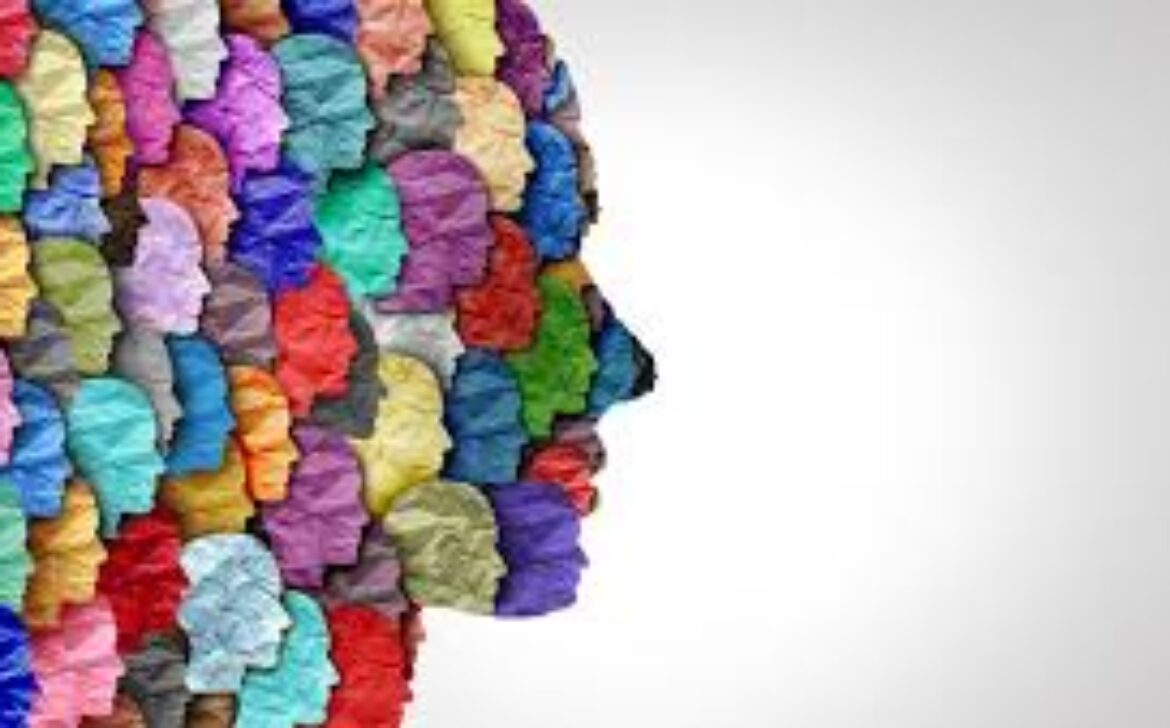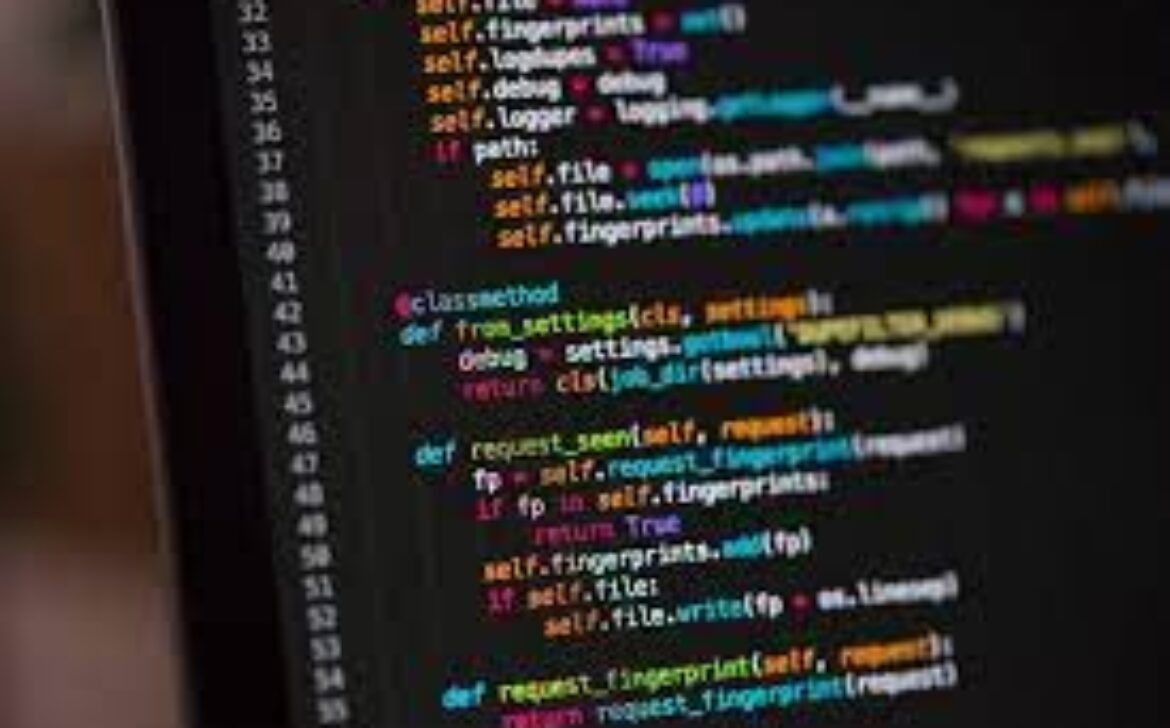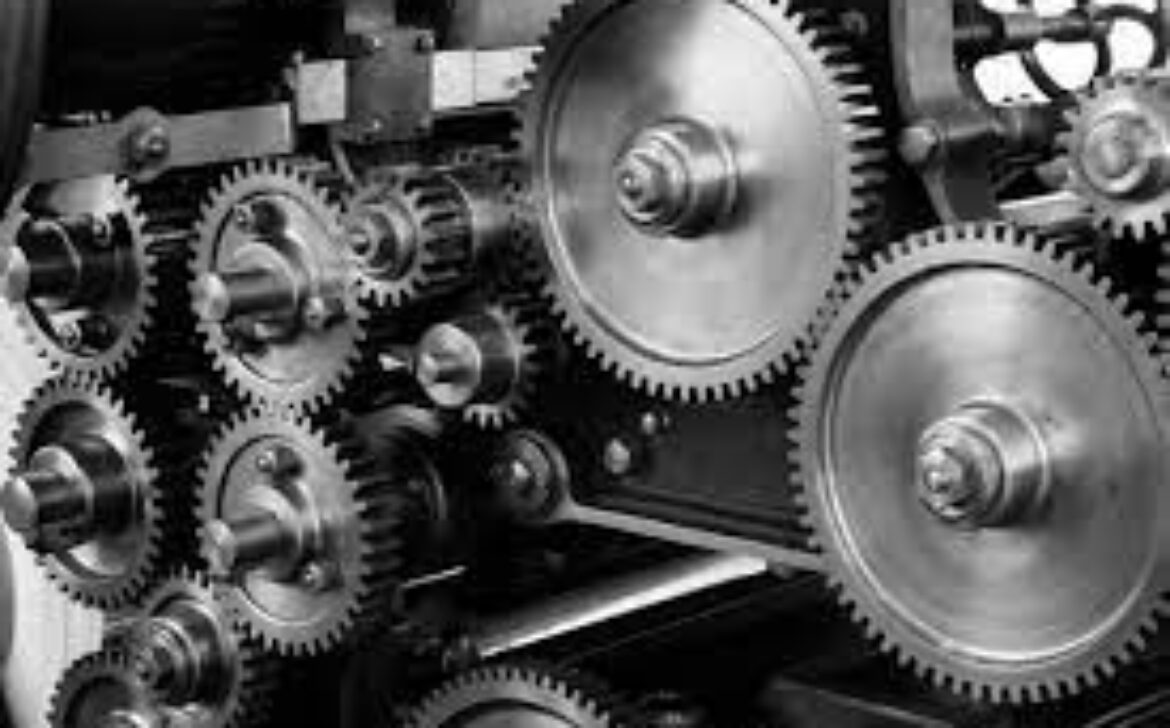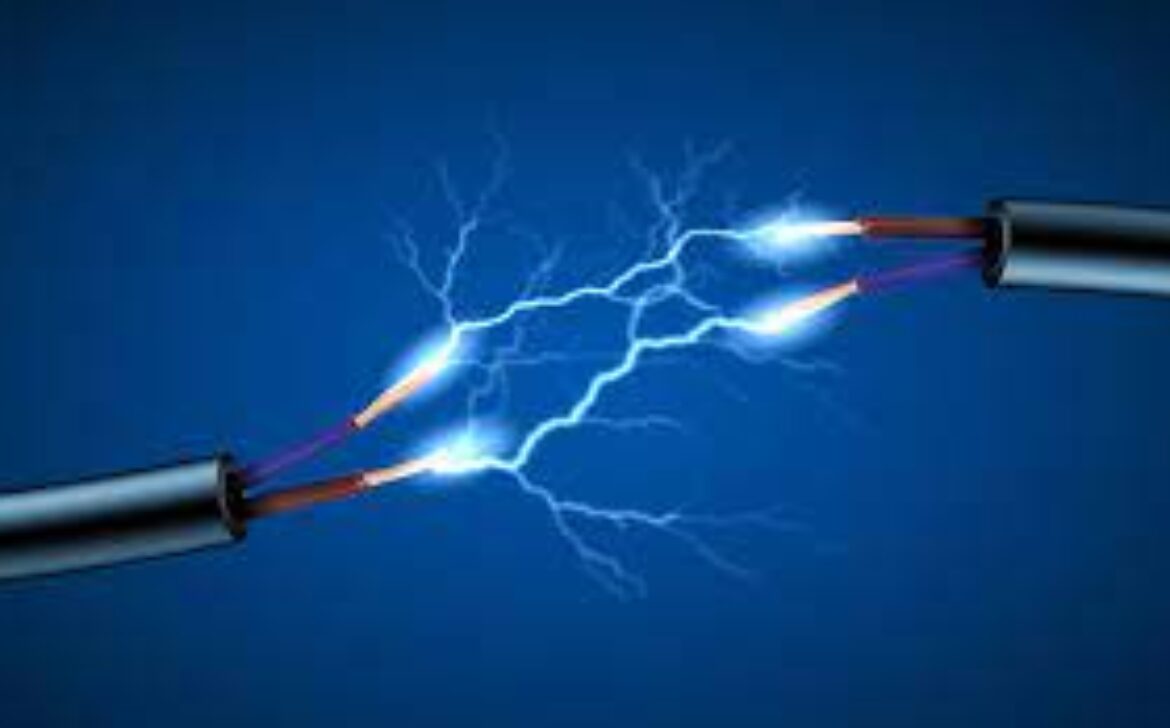Unveiling the Mosaic Within: A Journey into the Intricacies of Personality
Introduction:
Personality is the intricate tapestry that defines who we are, shaping our thoughts, behaviors, and interactions with the world. In this exploration, we embark on a fascinating journey into the complexities of personality, unraveling the layers that make each individual a unique and distinctive masterpiece.
The Essence of Personality:
Personality encompasses the patterns of thoughts, feelings, and behaviors that distinguish one person from another. It is the sum of our traits, habits, and preferences, woven together into a dynamic and ever-evolving fabric. Understanding personality is like deciphering a code that unlocks the secrets of human behavior.
Key Components of Personality:
1. Traits:
Traits are the building blocks of personality, representing consistent patterns of thought, emotion, and behavior. From introversion to extroversion, openness to conscientiousness, our traits contribute to the mosaic of who we are.
2. Habits and Patterns:
Our daily habits and routines play a significant role in shaping personality. Whether it’s the way we approach work, handle stress, or interact with others, these patterns become integral parts of our identity.
3. Cognitive Styles:
How we process information, make decisions, and solve problems reflects our cognitive styles. Whether someone is analytical, intuitive, or practical, these styles influence how we perceive and engage with the world.
4. Emotional Intelligence:
Emotional intelligence, the ability to understand and manage emotions, is a crucial aspect of personality. Individuals with high emotional intelligence navigate relationships, handle stress, and communicate effectively.
Theories of Personality:
1. Psychoanalytic Theory (Freud):
Sigmund Freud’s psychoanalytic theory delves into the unconscious mind, emphasizing the role of childhood experiences and the interplay of the id, ego, and superego in shaping personality.
2. Trait Theory (Allport, Cattell, Eysenck):
Trait theorists focus on identifying and categorizing fundamental personality traits. The trait approach classifies individuals based on traits like extroversion, agreeableness, openness, conscientiousness, and neuroticism.
3. Humanistic Theory (Maslow, Rogers):
Humanistic theories highlight the pursuit of self-actualization and personal growth. Abraham Maslow’s hierarchy of needs and Carl Rogers’ emphasis on self-concept contribute to a holistic understanding of personality.
4. Social-Cognitive Theory (Bandura):
Social-cognitive theory emphasizes the interaction between personal factors, behaviors, and environmental influences. Albert Bandura’s concept of reciprocal determinism explores how individuals shape and are shaped by their surroundings.
Practical Applications of Personality Understanding:
1. Career Choices:
Understanding one’s personality can guide career choices by aligning individual strengths and preferences with suitable professions. Whether thriving in collaborative environments or excelling in solo pursuits, personality plays a pivotal role in career satisfaction.
2. Interpersonal Relationships:
Personality influences how individuals communicate, resolve conflicts, and build relationships. Recognizing and appreciating diverse personality traits fosters effective communication and harmonious connections.
3. Personal Development:
Self-awareness is a cornerstone of personal development. Embracing one’s personality, strengths, and areas for growth empowers individuals to set meaningful goals, overcome challenges, and cultivate a fulfilling life.
Conclusion:
Personality is a multifaceted gem that reflects the richness and diversity of the human experience. As we navigate the complexities of our own personalities and those of others, we gain insight into what makes us unique. Embracing this diversity opens the door to self-discovery, empathy, and the continuous journey of personal growth. In the grand tapestry of life, personality is the vibrant thread that weaves our stories into a masterpiece of individuality.










